Music
The Natanam School of Mythology at Natanam would research, document & disseminate ancient Indian wisdom, culture through traditional arts & literature. Natanam helps digitising & preserving Cassette tapes, Gramaphone records, books & manuscripts for posterity to provide authentic learning material (tutorials) for varied electronic media – DVD | Internet | Mobile
We also want to be a material repository on traditional Indian arts & literature.
Natanam School of Mythology department teaches leadership & strategy and life lesson’s thru ancient mythology. ‘Mythology refers to a collection of myths and the study of myths. A Myth is a sacred narrative explaining how the world and humankind, assumed their present form. although in a very broad sense the word can refer to any traditional story. It can also be defined as ‘Ideology in narrative form. It may also arise as either truthful depictions, or overelaborated accounts of historical events. The Main characters in myths are usually gods, supernatural heroes and humans. As sacred stories, myths are often endorsed by rulers and priests and closely linked to religion and spirituality.
Examples vary from the Indian Hindu Mythology as the primary base and examples from Inka, Greek mythology.
Research and Development @ Natanam is dance education in composing, performing and appreciating Indian dance, its aesthetics. The study gives insight to all dance conoisseurs from learners, teachers, practitioners to addicts.
We are constantly authoring articles that provide information and guidelines contributing towards dance as art education. Below are the links to some of our articles.
The history of classical dances of India dates to about 200BC. The treatise of Indian dances, ‘NAATYA SHASTRA’ is the basis for all performing arts of Indian subcontinent and it dates back to 2000 years. It was primarily conceived out of the urge to express one’s emotions and exuberance. Tradition holds that when the world was in a state of endless conflict greed and desire prevailed, Brahma pooled all the resources from four Vedas to create a fifth veda called ‘Natya Veda’, compiling elements of the earlier four, from the Rig Veda, he took recitation or path, from the Sama Veda, he took song, from the yajur Veda, he took histrionic representation or abhinaya, and from the atharva Veda, he took acting sentiments – aesthetics or rasa. Thus as a form of expression often called dance proved to be medium with which common man could find unity between the cosmos and the creator. Bharathanatyam it is said, to be embodiment of music in visual form it’s a ceremony and an act of devotion.
Bharata Natyam is a classical Indian dance form that is popular in India. This dance form denotes various 19th- and 20th-century reconstructions of Sadir. Sadir in turn, is derived from ancient dance in the treatise Natya Shastra by Bharata Muni of fourth or third century BCE.
A possible origin of the name is from Bharata Muni who wrote the Natya Shastra to which Bharathanatyam owes many of its ideas. This etymology also holds up to scrutiny better since Bharathanatyam is pronounced with short (kuril) forms of “bha”, “ra” and “tha” whereas each of “bhavam”, “ragam” and “talam” contain the long (nedil) forms.
Bharatanatyam is a reworked dance-form from the traditional “sadir” known for its grace, purity, tenderness, and sculpturesque poses. Today, it is one of the most popular and widely performed dance styles and is practiced by male and female dancers all over the world.
In ancient times it was performed as dasiattam by mandira (Hindu temple) Devadasis. Many of the ancient sculptures in Hindu temples are based on Bharatnatyam dance postures karanas. In fact, it is the celestial dancers, apsaras, who are depicted in many scriptures dancing the heavenly version of what is known on earth as Bharatnatyam. In the most essential sense, a Hindu deity is a revered royal guest in his temple/abode, to be offered the “sixteen hospitalities” – among which are music and dance, pleasing to the senses. Thus, many Hindu temples traditionally maintained complements of trained musicians and dancers, as did Indian rulers.
In Kali Yuga, the center of most arts in India is Bhakti (devotion) and therefore, Bharata Natyam as a dance form and carnatic music set to it are deeply grounded in Bhakti. Bharatnatyam, it is said, is the embodiment of music in visual form, a ceremony, and an act of devotion. Dance and music are inseparable forms; only with Sangeetam (words or syllables set to raga or melody) can dance be conceptualized. Bharatnatyam has three distinct elements to it: Nritta (rhythmic dance movements), Natya (mime, or dance with a dramatic aspect), and Nritya (combination of Nritta and Natya)
Bharathanatyam is the manifestation of the ancient idea of the celebration of the eternal universe through the celebration of the beauty of the material body. Some Bharatanatyam techniques can be traced back to the dance of the blue-throated lord (Shiva). It consists of elaborate gestures (Mridu Angaharas, movements of limbs), sentiments (Rasas), emotional states (Bhavas) & actions (Kriyas) which are its soul. The costume should be charmingly beautiful and love (Sringara) is its foundation. It cannot be very adequately portrayed by men, except for women, none can practice it properly
Phone: (+91) 98861 07701
Email: namaste@natanam.org.in
Address: 1st Floor, # 784, 9th Main Road, 3rd Block, Koramangala, Bengaluru – 560 034
